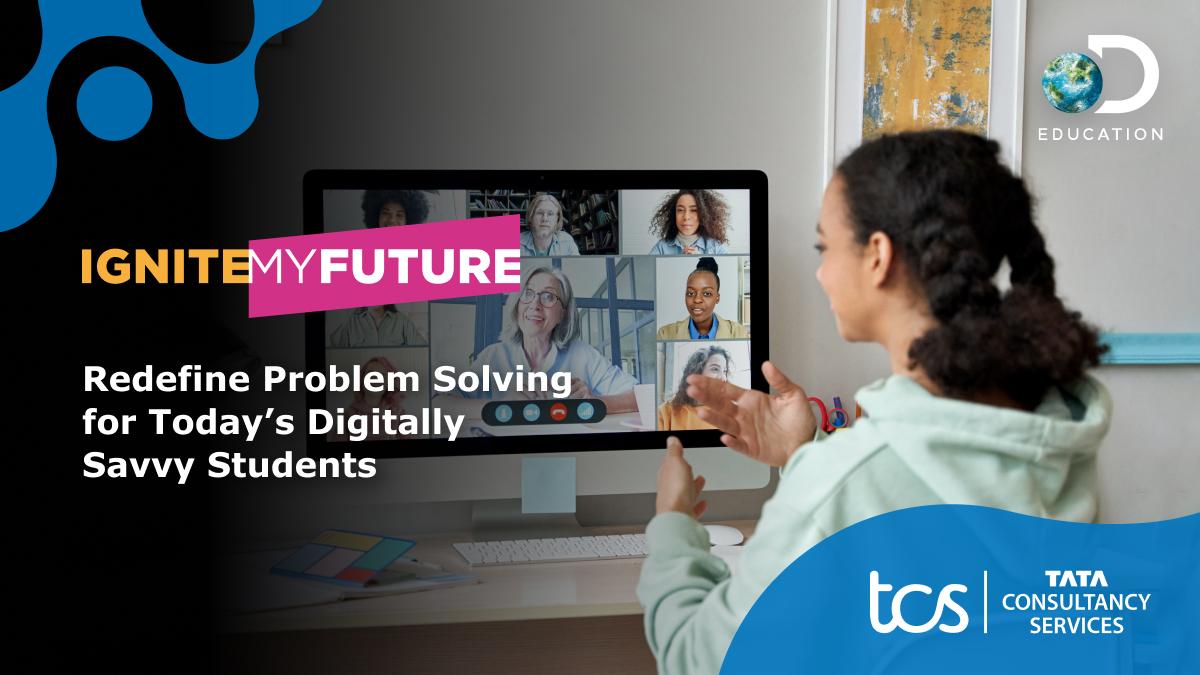Empowering Every Student through Computational Thinking
Lesson Plans Not Clicking? Try Computational Thinking.

by Shakirah Thomas, Special Education Case Manager and 8th Grade U.S. History & ELAR at Jackson Intermediate from the Pasadena Independent School District
One of the things I love most about being an educator is having the opportunity to learn something new from my students each and every day. My teaching style is very collaborative, and every lesson is an opportunity to teach learners not just about education, but about life.
Since my focus is special education, the students I teach often need extra support in areas like memory retrieval and retention. If I’m able to make something more tangible, more concrete and less abstract, it makes the learning process much smoother for these students. That’s why I include computational thinking strategies throughout curriculum.
Here are three reasons why computational thinking is a valuable strategy for empowering every student.
#1 Make real-world connections
Similar to critical thinking, computational thinking is a higher-level process that encourages students to think like a computer to decipher problems and form innovative solutions.
Video Resource: What is Computational Thinking?
To help students practice using computational thinking to solve a real-world problem, I leverage resources from Ignite My Future in School. This initiative, from Tata Consultancy Services and Discovery Education, provides resources to teachers and students at no-cost.
One of my favorite activities to include in class is “Smile Starter”, which tasks students with identifying the correlations between movement and emotions to create a national “smile campaign” – a physical routine of postures and body movements that individuals can use to trigger a positive mindset.
Free Activity: Smile Starter
During this activity, students apply computational thinking to discover patterns in data, gather and analyze relevant information about a topic and create a multimedia campaign that is based on scientific data and mobilizes others.
We share the final smile campaign with the rest of our school – and my ultimate goal is for this campaign to spread beyond the campus and into our community.
#2 Provide a process for problem solving
Computational thinking isn’t abstract – it is a tangible process that students can use to solve a variety of problems.
For students with intellectual disabilities, having a process in place to break down complex ideas can make a world of difference.
Resource: Strategies for Teaching Students with Intellectual Disabilities
The best part? Computational thinking isn’t limited to science, technology, engineering and math (STEM) – it can be applied to virtually any subject.
#3 Help students realize their potential
According to current projections from the U.S. Bureau of Labor Statistics, computing occupations make up 67 percent of all projected new jobs in STEM fields. However, a recent study found that only 45 percent of high schools are currently teaching computer science.
If we want to set all of our students up for future success, we need to ensure they are learning relevant skills, like computational thinking. Even if they don’t pursue a career in STEM, they’ll still be gaining skills that will help them thrive in the real world.
Including computational thinking activities in class has impacted my students in ways that I could’ve never imagined. I have kids who are taking the skills they are learning during a lesson, and they are applying them outside of my classroom – that’s a big deal!
Computational thinking is a tool that empowers. Not just students with disabilities, but students across campuses and communities.
To learn more about how Ignite My Future in School supports this mission, please visit https://www.ignitemyfutureinschool.org/.
Discovery Education users can find all the Ignite My Future in School content on the Corporate Education partnerships channel of K-12 learning platform.

